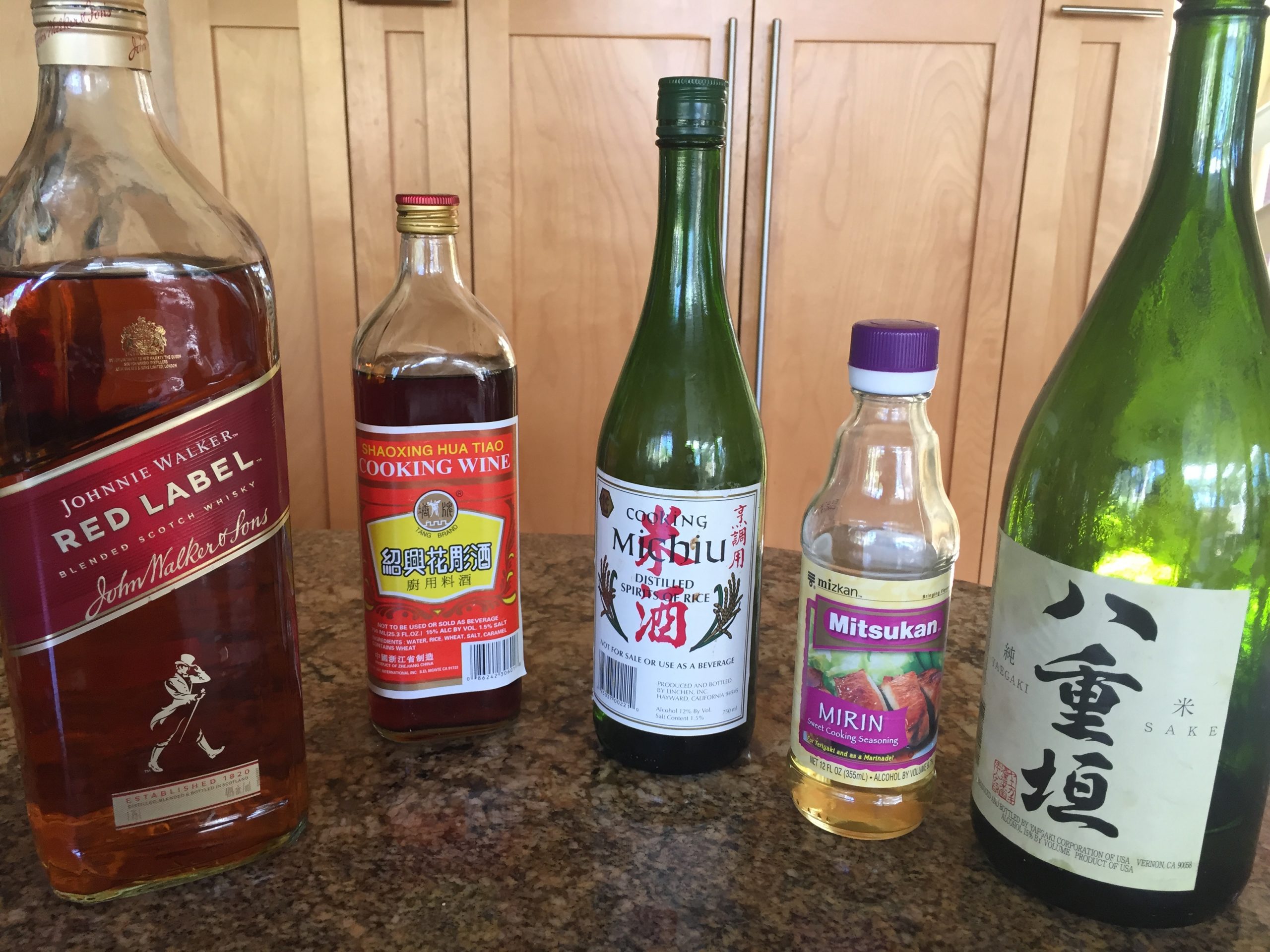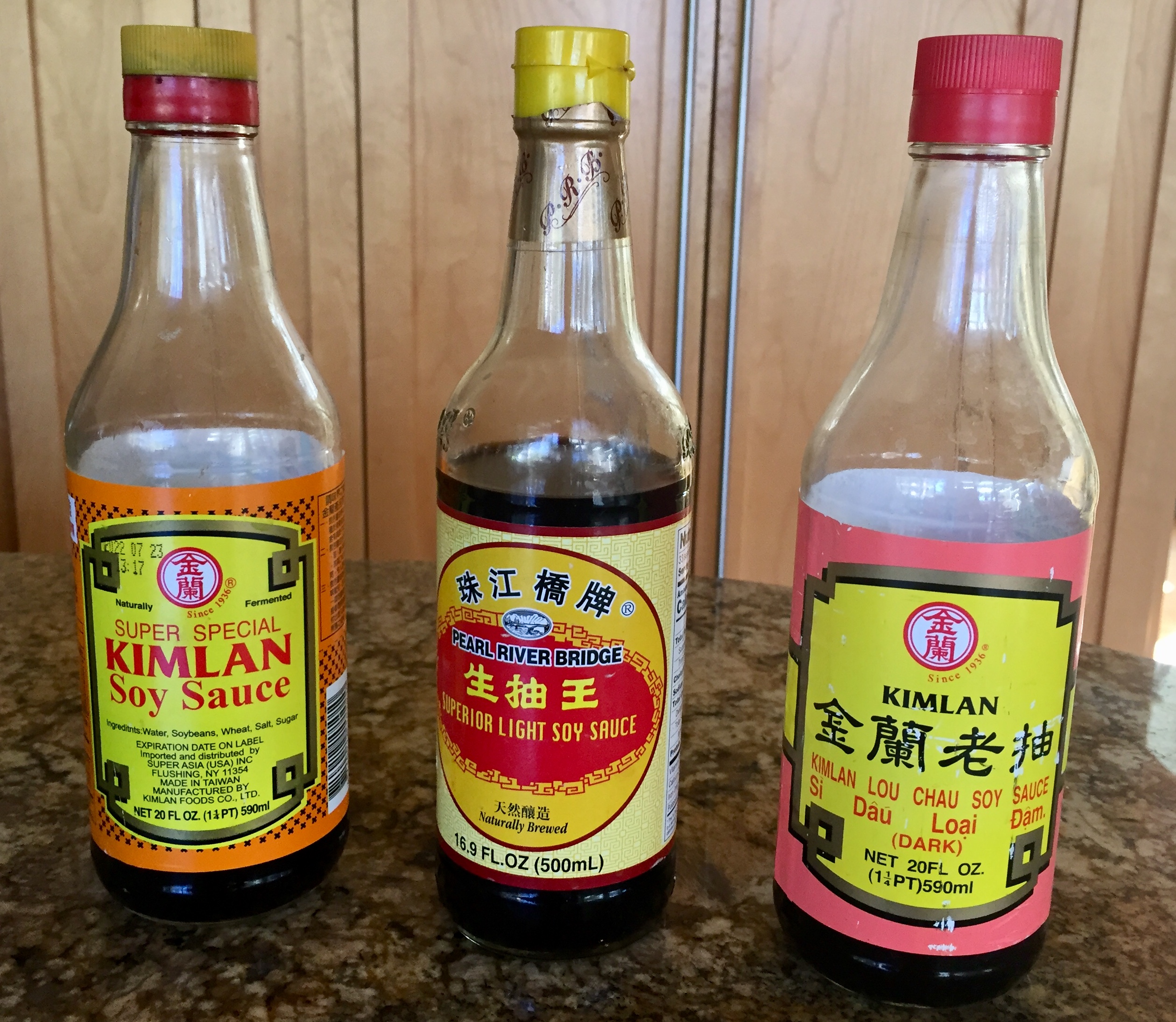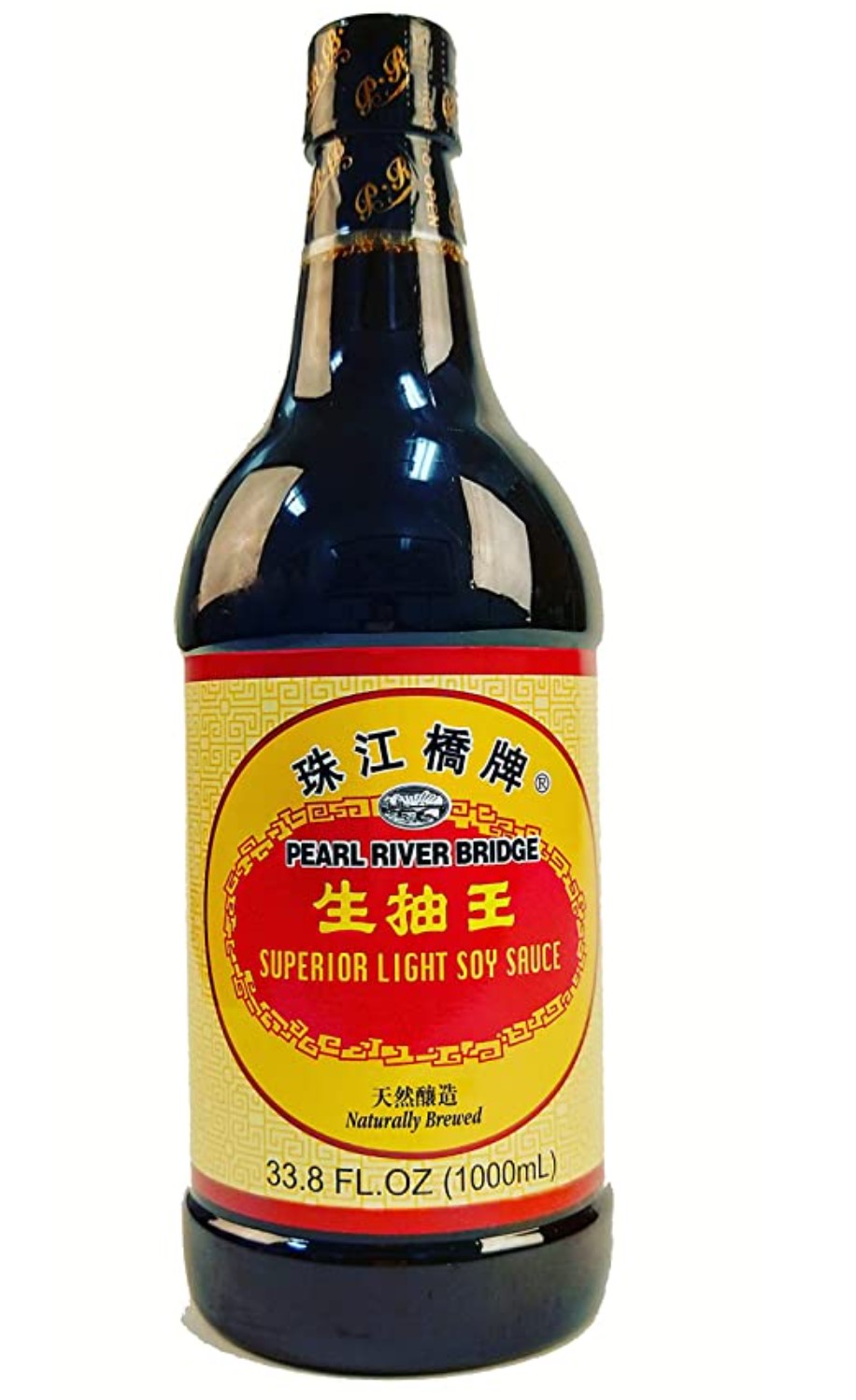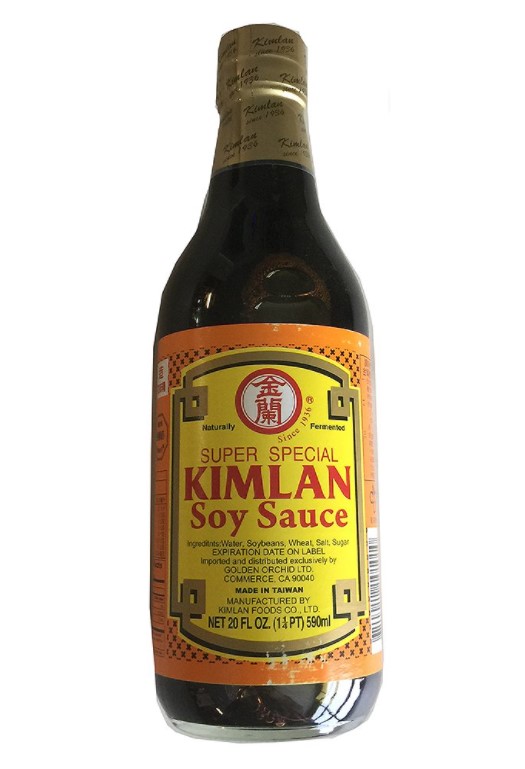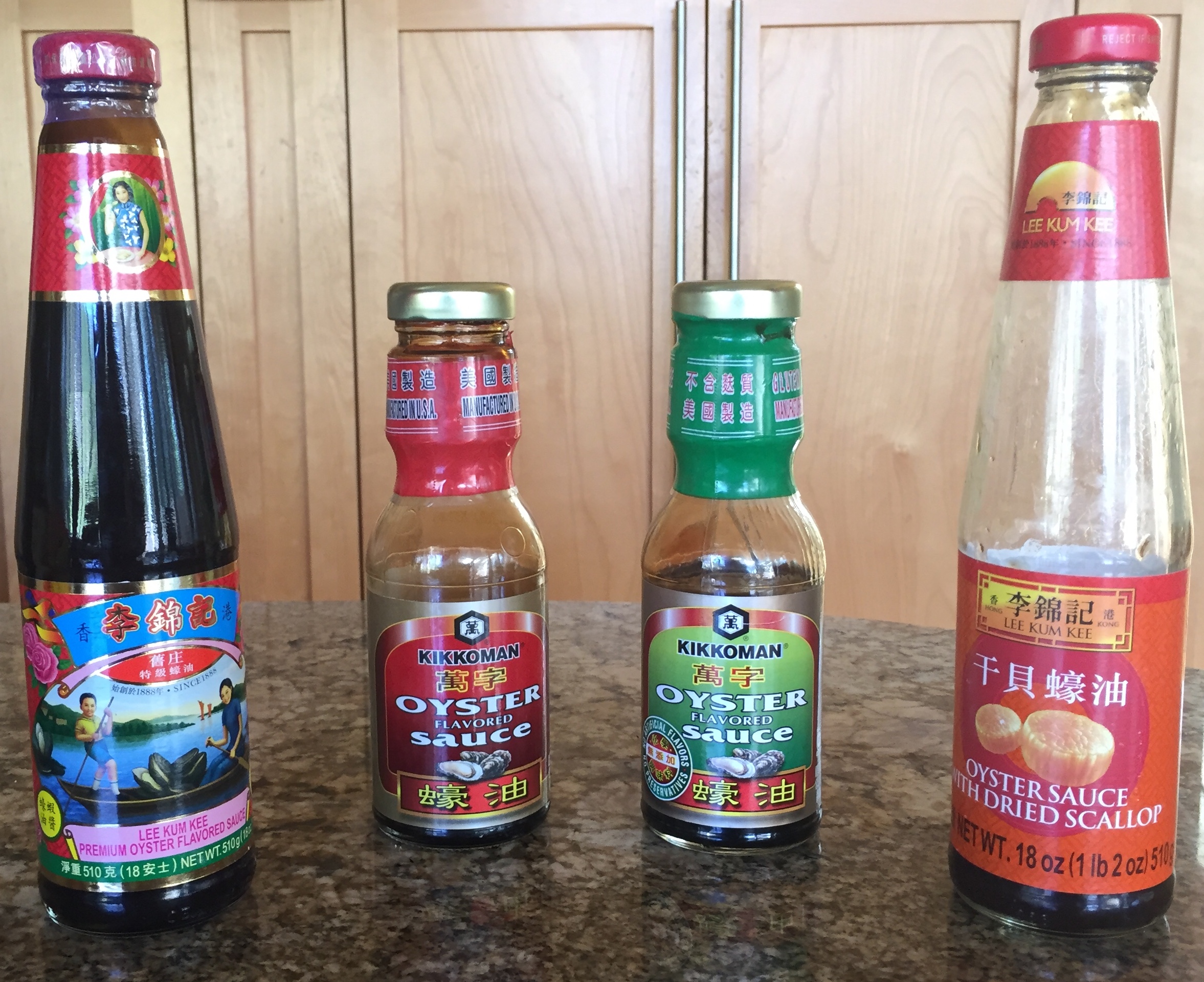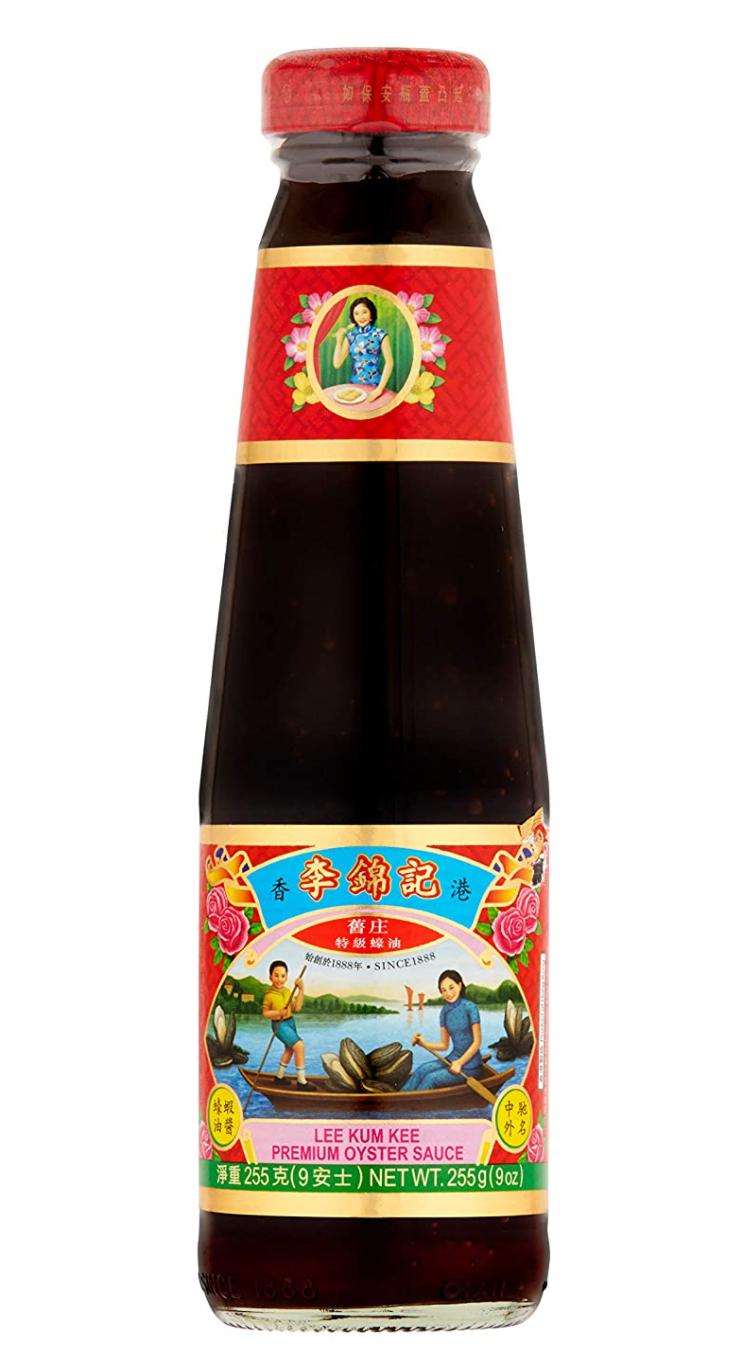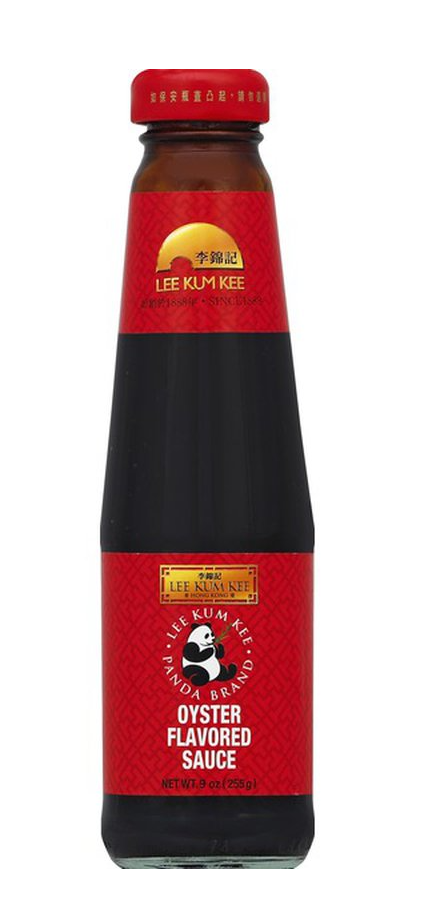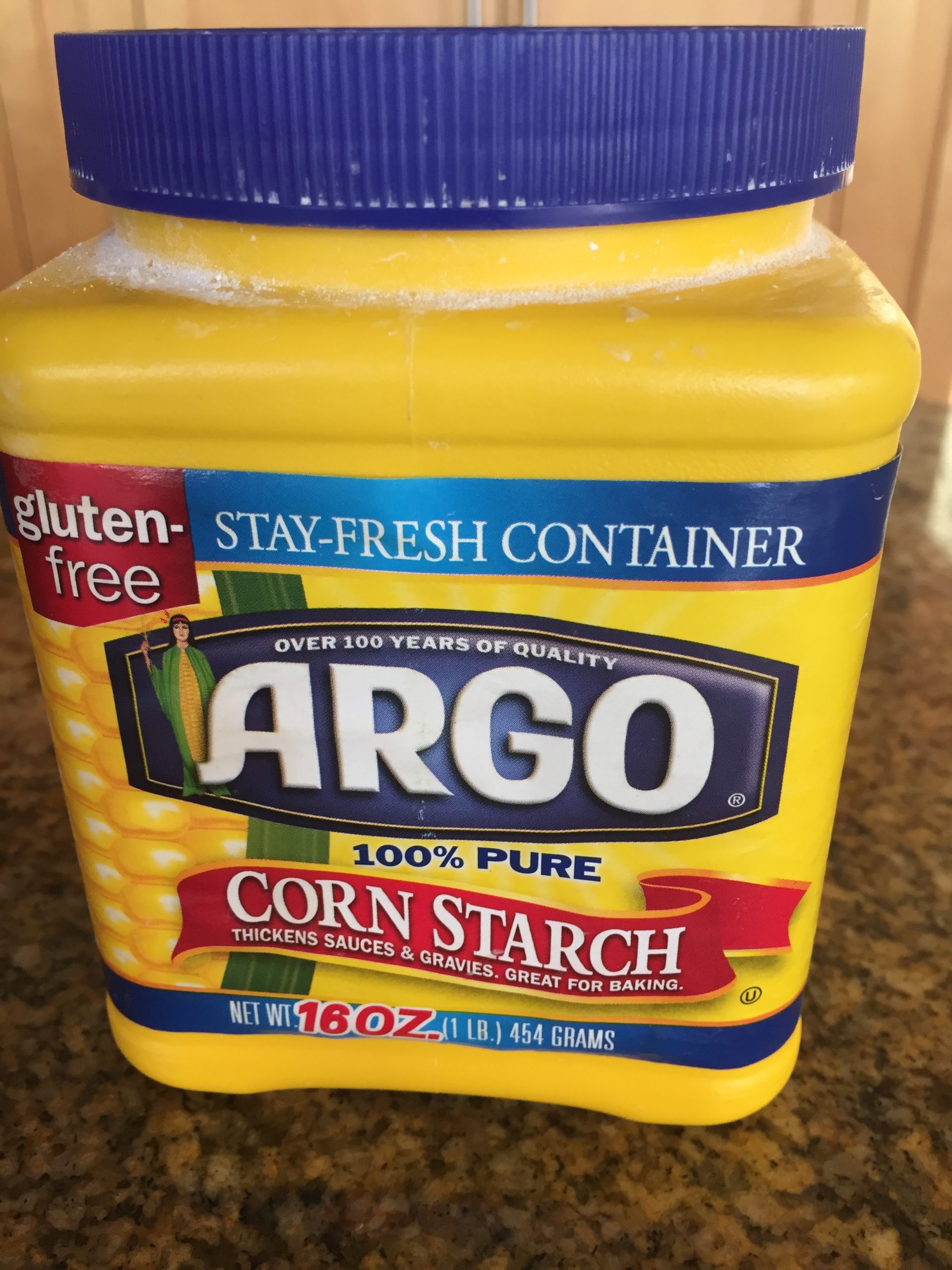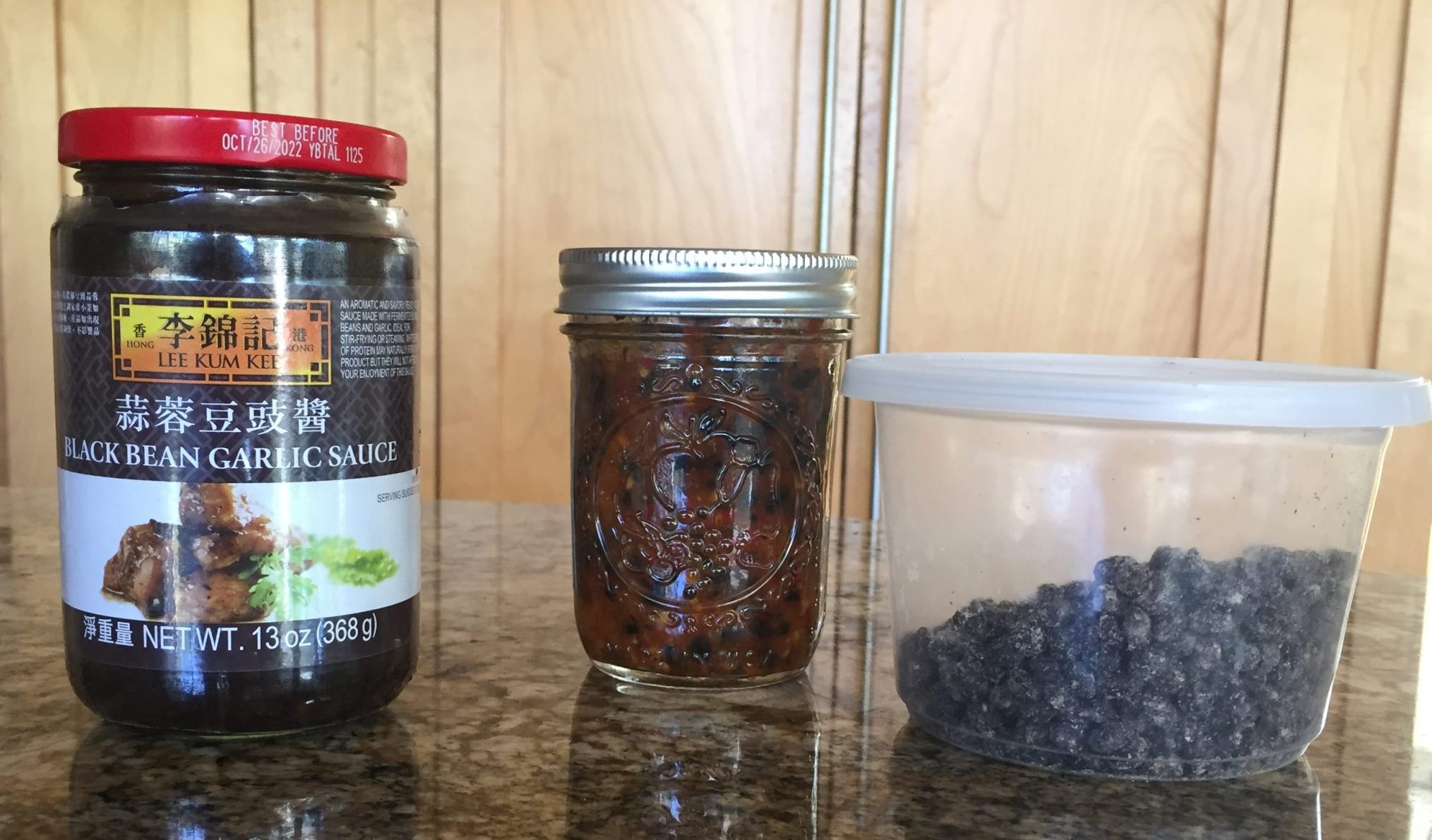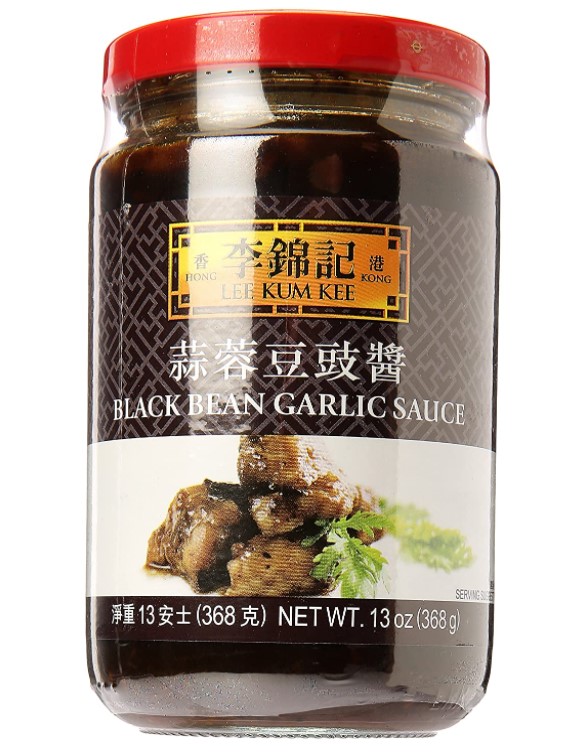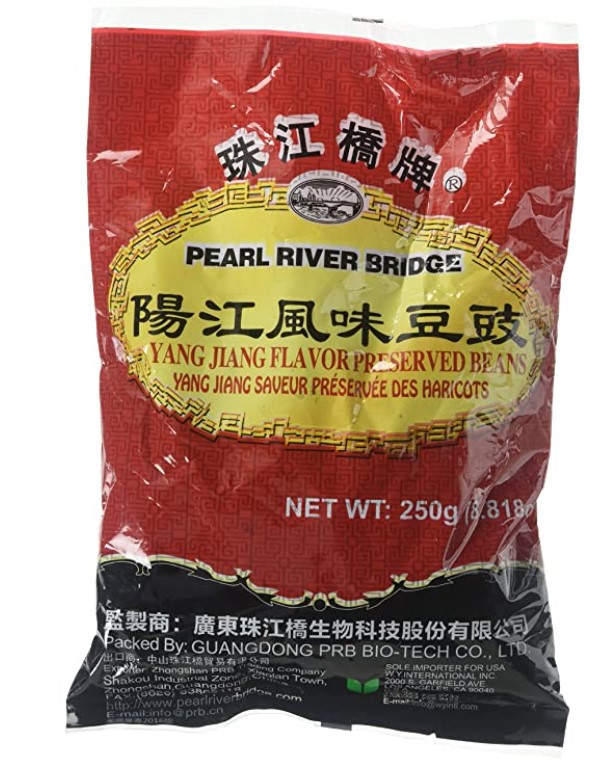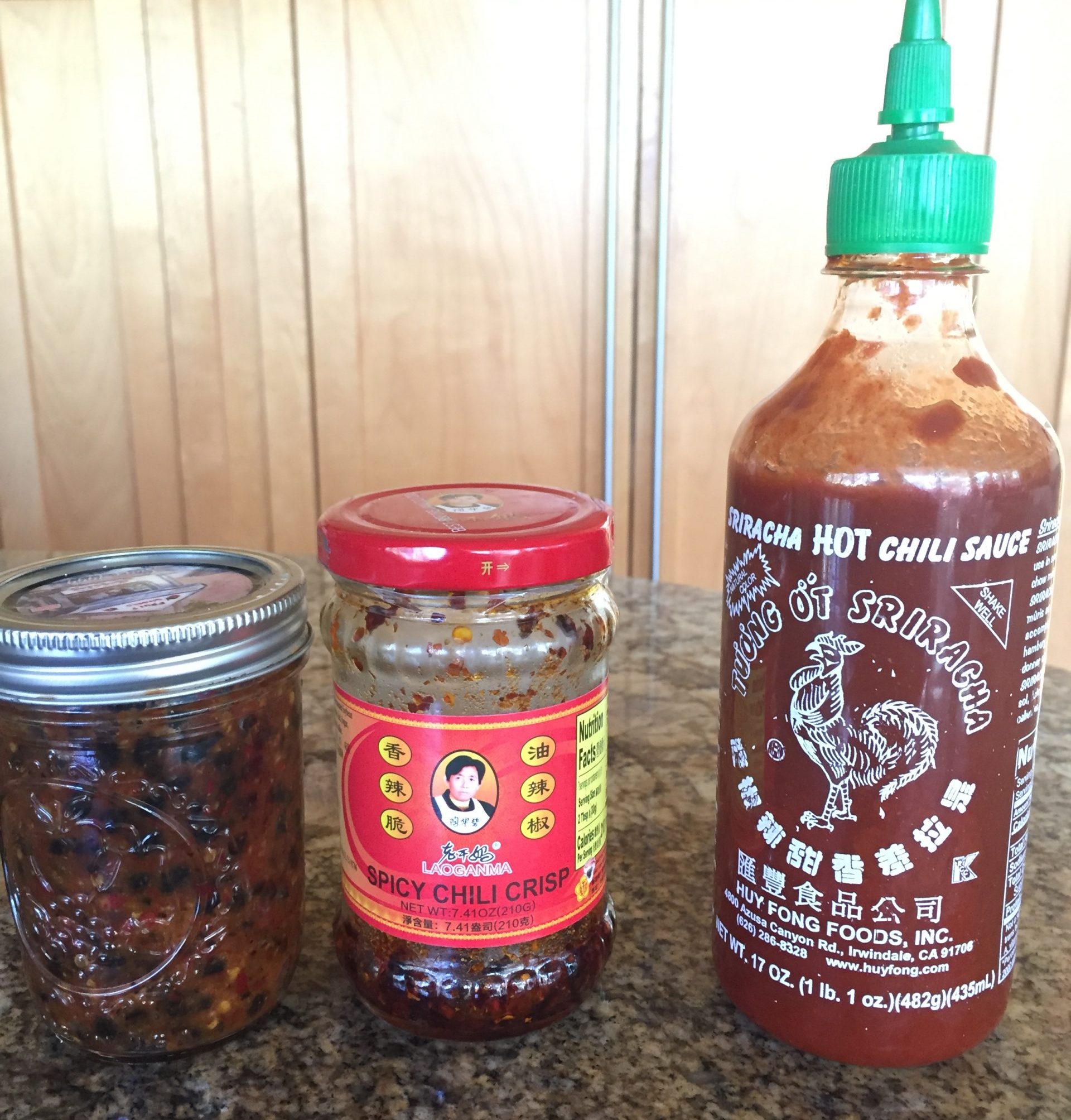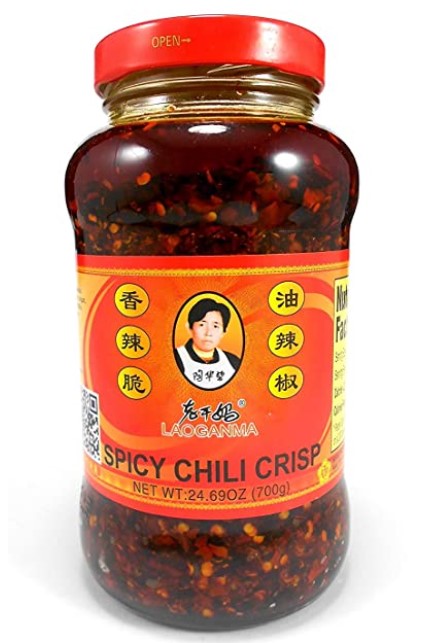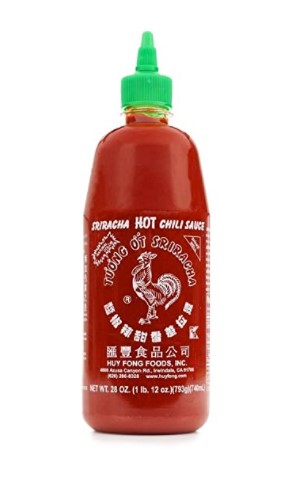0 Comments
share this
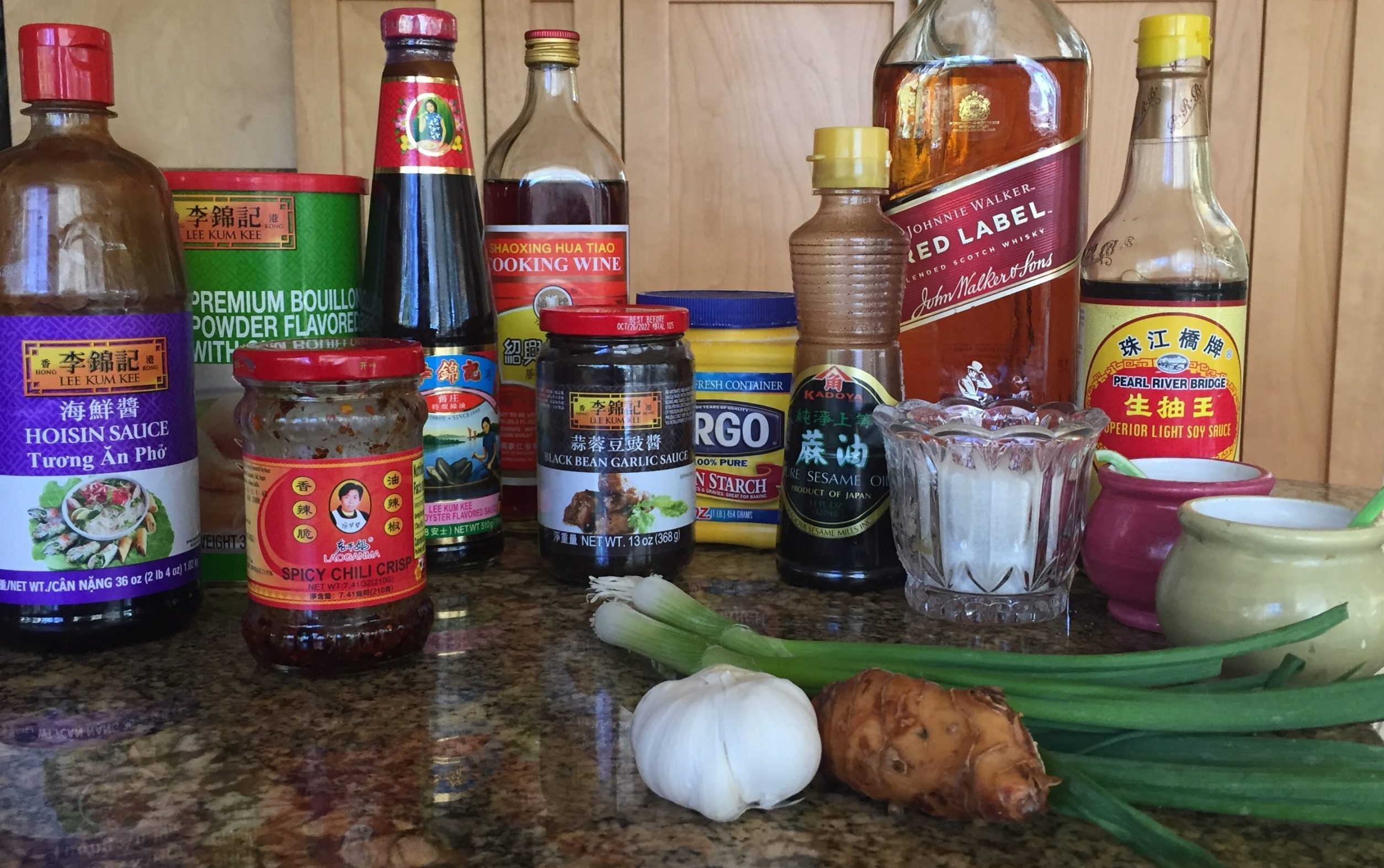
One of my daughters during her college years called me and asked me what were the bare essentials that she needed to buy in order to cook Chinese food. I thought about it and narrowed the Chinese cooking essential ingredients list to the following groups:
Basic marinade:
These ingredients are used to marinate the meat. I've added a Hoisin sauce that I usually add to a BBQ marinade which is a little sweeter. The black bean sauce has its own unique, salty taste.
Cooking aromatics:
These are the key ingredients that make the dish aromatic and flavorful. Just like the French have their mirepoix, the Chinese cuisine has scallion, ginger and garlic. (Chili peppers may be an essential for some people!)
Basic sauce:
These ingredients are used to make a wonderful, tasty sauce that enhances the different flavors that come from the added vegetables. Additional ingredients may be needed as enhancements to achieve different results, but are not essential to the basic stir-fry ingredient pantry.
Besides the ubiquitous sea salt, pepper and sugar; aromatics of fresh garlic, ginger and scallions, 8-9 basic ingredients can cook the majority of Chinese dishes.
MARINADE | SAUCE | AROMATICS |
|---|---|---|
Sea salt | Sea salt | |
Pepper | Pepper | |
Sugar | Sugar | Cell |
(Chicken bouillon) | Chicken bouillon | Cell |
Cornstarch | Cornstarch | Cell |
Soy sauce | Soy sauce | Cell |
Alcohol (whiskey / rice wine) | Alcohol (rice wine) | Cell |
Cell | Oyster sauce | Cell |
Black bean sauce | Black bean sauce | |
Sesame oil | Cell | |
(Hoisin sauce) | Cell | |
Chili pepper (fresh, dried, paste) | Chili pepper (fresh, dried, paste) | Cell |
Cell | Garlic (fresh) | |
Ginger (fresh) | ||
Cell | Scallion (fresh) |
Now that you know that 12 ingredients can cook up the majority of Chinese dishes, if you haven't ventured into an Asian grocery store, the variety and selection is overwhelming. So, I'm going to share a little insight into what I usually buy.
In order to give your dish flavor, there needs to be a combination of sweet and salty. This gives the umami effect without adding any monosodium glutamate (MSG). Chinese cuisine has been able to create this effect by always adding both a salt and sugar into the dish.
Alcohol.
Chinese dishes usually call for an acid, usually in the form of an alcohol. Alcohol not only gives flavor, but it also tenderizes the meat in a marinade. The most common alcohol used in Chinese cooking is rice wine. There are various forms of rice wine. From Shaoxing to Mirin and Sake. Mirin and Sake are Japanese rice wines that have different flavors. If you don't have Shaoxing wine, you can use other rice wines. I usually marinate my meats with whiskey which has a stronger flavor but use Shaoxing wine in the sauce.
Soy sauce.
There are premium soy sauces and regular soy sauces. Premium soy sauces have a more refined taste and a higher price tag. I usually keep the premium soy sauce as a dipping sauce. There is also a light soy sauce and dark soy sauce. Dark soy sauce has an addition of molasses and is usually added to the brown sauce. If you only want to buy one bottle of soy sauce, I would opt for the light soy sauce. People with MSG allergies need to read the ingredient label. Some soy sauces do add MSG.
Oyster sauce.
Most of the sauces that you'll make as a stir fry will require oyster sauce. Like the soy sauce, I would keep the Premium oyster sauce as a dipping sauce and use the regular oyster sauce for cooking. There are MSG and gluten free oyster sauces. The ones is the green bottles are usually MSG-free. If you want a vegetarian oyster sauce, they do make one with Shitake mushrooms.
I recently found an oyster sauce with dried scallop at the grocery store. If you like dried scallops, this is an option.
Corn starch.
Corn starch is needed as a thickener for all the sauces. This is different from corn meal. If you are allergic to corn, you can substitute it with tapioca or potato starch. You will need to mix this first with water or chicken stock before adding this to the pan / wok. Otherwise you will have lumps in your sauce.
Black bean sauce.
Black bean sauce, although not an essential ingredient for most stir-fries, it is a great sauce for making anything with black bean sauce. This sauce is made from black soy beans. The paste that is most popular is one that already comes with garlic. If you like spicy, you can add chili to your black bean paste or make your own chili garlic black bean sauce.
Sesame oil.
There is such a variety of sesame oil with varying degrees of quality. I've tried quite a bit of varieties and I always seem to come back to this brand. This sesame oil has a strong taste and aroma. Like the soy sauce, I use this in the marinade, for the cooking sauce as well as a dipping sauce. It is not a good cooking oil so I would avoid using it to cook my stir-fry.
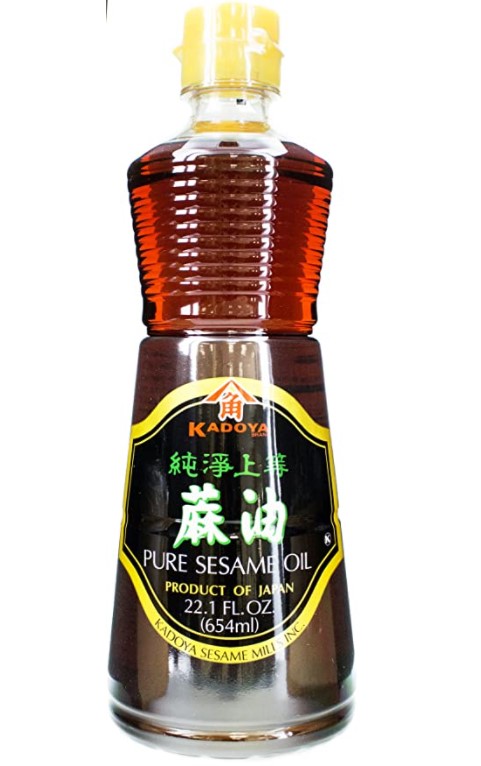
Pure sesame oil
Chili sauce.
For those who like spicy, there are so many chili sauce options. One of the newer products on the market is Laoganma chili oil. This is a versatile chili sauce that can be used during cooking as well as be used as a dipping sauce. If you're on a tight budget, there is an option to purchase dried red peppers that is fairly inexpensive. You can spice up your dish by adding this as an aromatic when stir frying or blending this into your black bean sauce to give your dishes a wonderful kick!
This is not an exhaustive list of all the ingredients that are used in Chinese cooking, but the basics that would make the majority of your dishes. Each recipe may have additional ingredients that would be specific to that dish. If you purchase these 12 ingredients, you will be able to make many delicious Chinese dishes on a limited budget! With time, you can start experimenting and expanding your Chinese ingredient pantry!

